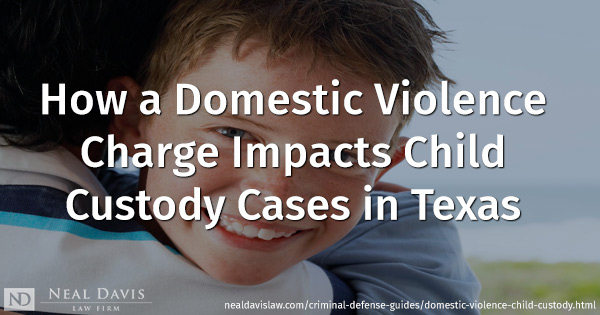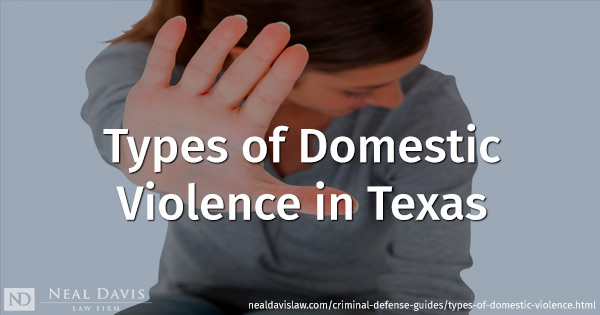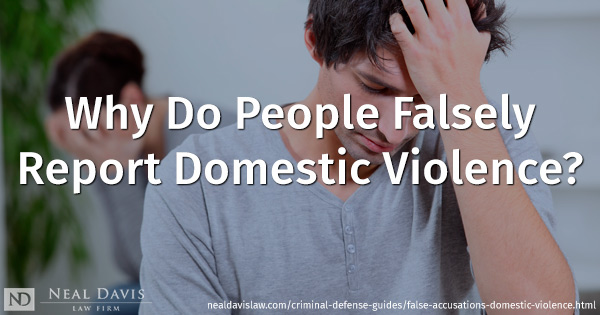
Former Houston Rockets player Trevor Ariza has filed a domestic violence restraining order against his estranged wife just days after she was granted her own restraining order against him. Both claim that their estranged spouse has engaged in domestic violence.
Pro Sports Daily reports that Ariza asked a Los Angeles County judge to order Bree Anderson, whom he married in 2018, to stay 100 yards away from him and to cease all communication with him.
A judge previously had ordered Ariza to stay at least 100 yards away from her, when she claimed he’d been abusive during their marriage and that she’s been in fear of him since their divorce proceedings began last fall. Ariza reportedly lives only half a mile away from Anderson, which she says makes her uncomfortable.
According to VladTV, Ariza turned over 4 weapons to the Los Angeles Police Department after he was ordered to do so by the temporary restraining order granted to Anderson. He reportedly turned over 2 AR-15s and 2 Glocks, which will be stored until the resolution of the restraining order against him.
Ariza, 37, said his estranged wife’s restraining order also only allows him to see his son Tristan, 12, and daughter Taylor, 10, for 4 hours per week—and even then, only with a supervisor. He claims that the children do not need protection from him, but rather need protection from their mother.
In her filing, Bree Anderson claimed Ariza had “engaged in acts of extreme physical abuse” and “was verbally and emotionally abusive to me. Some of the abuse occurred in the presence of our children.”
Anderson also claimed that Ariza had choked her until she passed out.
Learn how accusations of domestic violence can affect child custody and visitation in Texas.
No charges have been filed
So far, no charges have been filed against Ariza, who last played basketball as a small forward for the Los Angeles Lakers in the 2021-2022 season after playing for various other teams, including 2 stints with the Houston Rockets from 2009 to 2010 and from 2014 to 2018.
Sports Illustrated reports that, for his own restraining order against Anderson, Ariza claims that she grabbed him by the hair and “violently ripped a dreadlock right out of my scalp. Bree almost entirely ripped a second dreadlock out of my scalp as well. This second dreadlock was left dangling from my scalp by a few hairs.”
The former pro athlete claims that anger issues and mental illness have likely contributed to Anderson’s behavior. He said she has shown no progress in a positive direction over the years of their marriage.
As a stay-at-home mother, Anderson says she has been financially dependent on Ariza—whose net worth is estimated at $20 million—throughout their marriage.
In fact, she has asked a judge in Los Angeles to award her monthly child and spousal support during their divorce proceedings. She also has asked the court for a lump sum of $250,000 from Ariza so she can pay for her legal battles against him in their divorce proceedings.
Learn how Texas defines and punishes different types of domestic assault.
How do restraining orders work in Texas?
Since Ariza’s case is in California, you may be wondering how restraining orders work in Texas.
Actually, what are considered restraining orders in Ariza’s case in California would be known as protective orders under Texas law since they concern domestic violence.
In Texas, the difference between a restraining order and a domestic violence protective order largely involves the fact that a restraining order prohibits someone from doing something (such as withdrawing funds from a joint account during divorce proceedings), while a protective order is designed to physically protect someone from another person.
In domestic violence cases, that can mean that an alleged abuser cannot call, email, text, stalk, hit, attack or disturb a domestic violence victim.
A domestic violence protective order can come in the form of one of the following:
- A “move out” order means that the alleged abuser must move out of a home shared with the victim.
- A “stay away” order can mean that the alleged abuser must remain at least a certain distance—often 100 yards—away from the victim, as well as from the victim’s home, car, school or job. Also included in the “stay away” order can be the victim’s children, roommates, current romantic partners and pets.
- A “peaceful contact” order allows the alleged abuser to communicate peacefully with the victim for such processes as visitation with the children they share.
Some protective orders may require that an alleged abuser not possess or carry a firearm, even when they have a license to do so. A judge also can order an alleged abuser to pay for medical and child support.
Learn why some people make false claims about domestic abuse and what you can do if you’re wrongly accused.
How can I fight a protective order?
If you face a possible protective order involving alleged domestic assault or family violence, you may be wondering how you can fight such an order.
First, you should know that protective orders are requested, considered and either granted or denied during court hearings. At these hearings, the applicant who seeks such protection and the respondent who is accused can give testimony and provide evidence.
Although protective order hearings are civil matters in a legal sense, they may be held in a criminal court, depending on the type of order that’s being sought and whether the alleged abuser has been arrested.
Temporary ex parte protective order
A protective order may last for 20 days, at which time it can be renewed. That is known as a temporary ex parte protective order, which is designed to immediately protect an abused person from an alleged abuser.
Permanent or final protective order
Other protective orders may last for 2 years and can be renewed after that. But such a so-called permanent or final protective order can be challenged by the alleged abuser after 1 year, when a motion can be filed seeking to discontinue the order after a hearing on its merits.
Though a hearing is required for a permanent (or 2-year) protective order, a hearing is not required for a judge to issue a 20-day temporary ex parte protective order or a 31- to 91-day emergency protective order.
Emergency protective order
An emergency protective order (EPO) or a magistrate’s order of emergency protection (MOEP) are more serious and are issued by a criminal court. This can occur after an abuser has been arrested for crimes such as:
These emergency protective orders typically last for 31 to 61 days. However, if the alleged abuser was arrested for a family violence crime that involved serious physical injury or the display or use of a deadly weapon, the order can remain in effect for as many as 91 days.
Get an experienced Houston-area criminal defense lawyer
If you need help with a Houston-area criminal case—perhaps including a pending emergency protective order for family violence—you must get an experienced criminal defense attorney.




